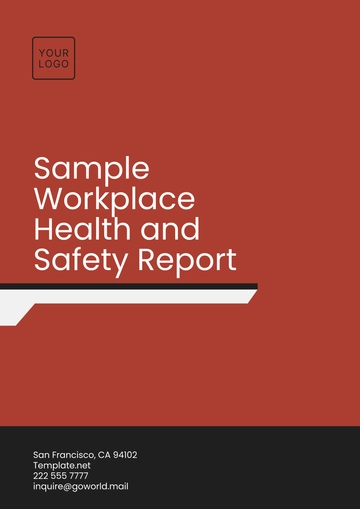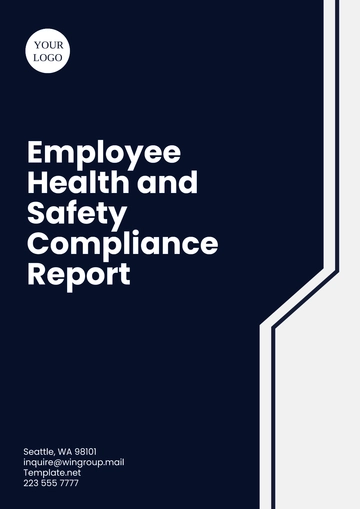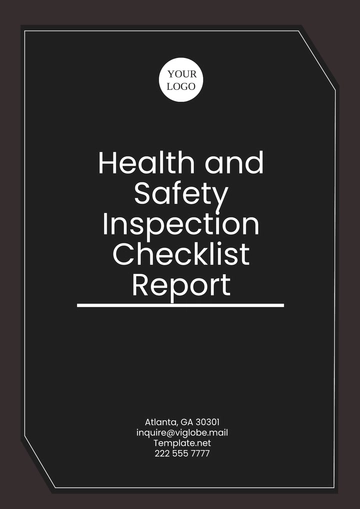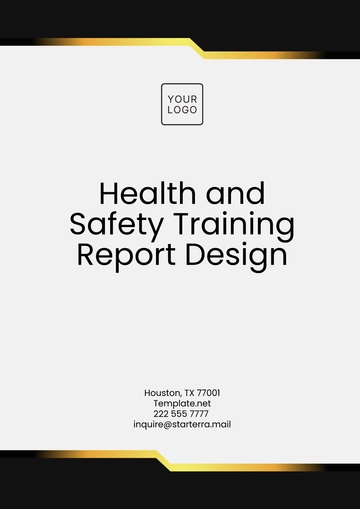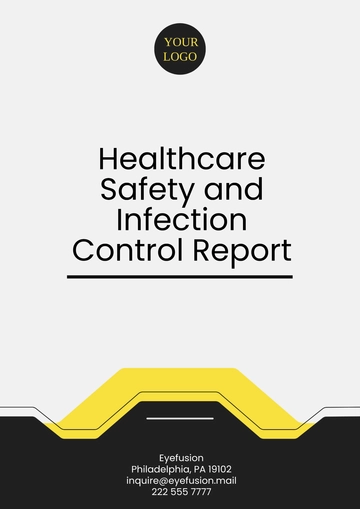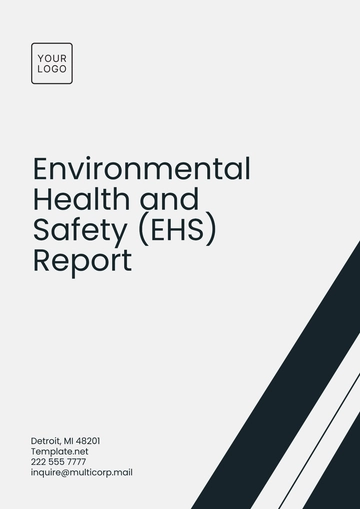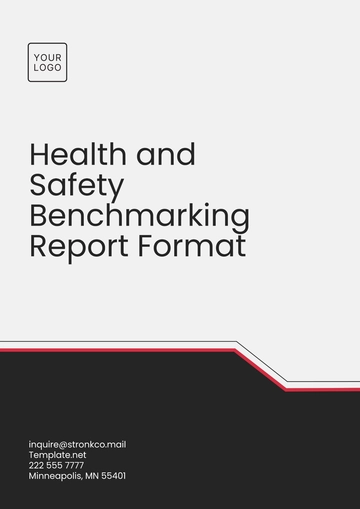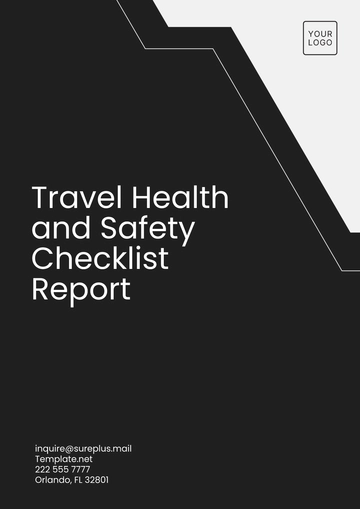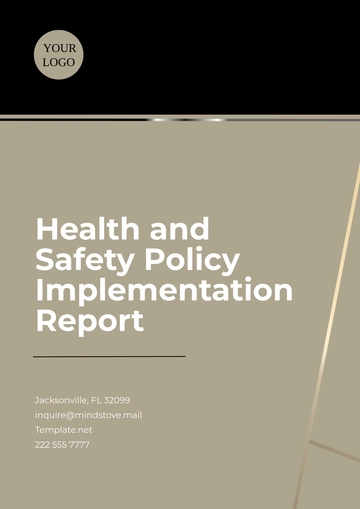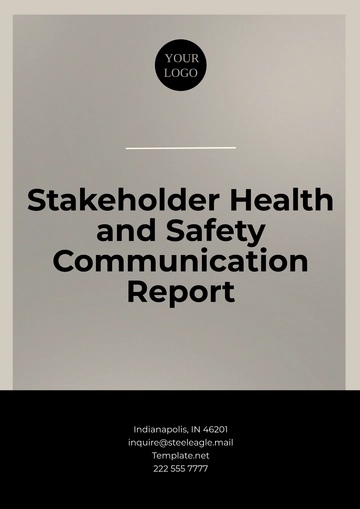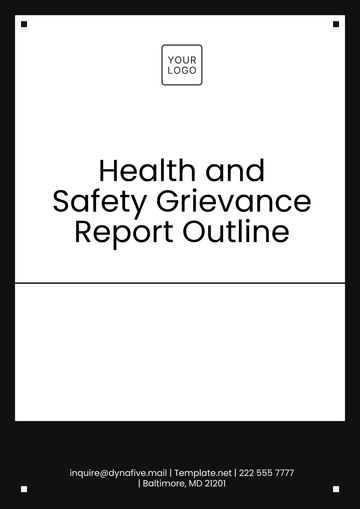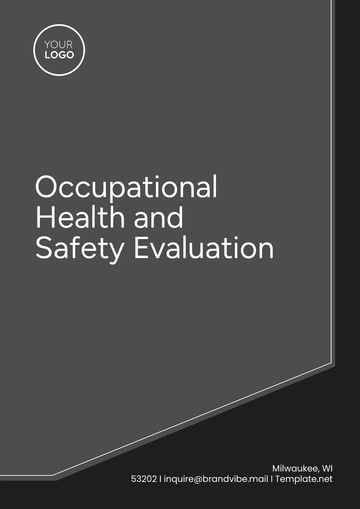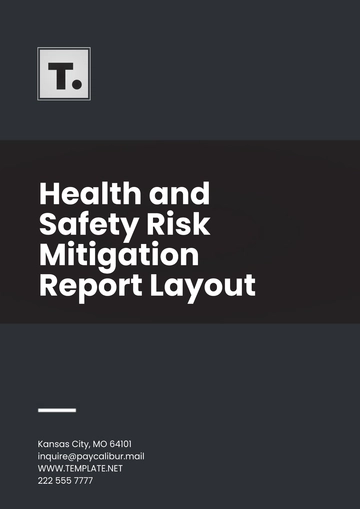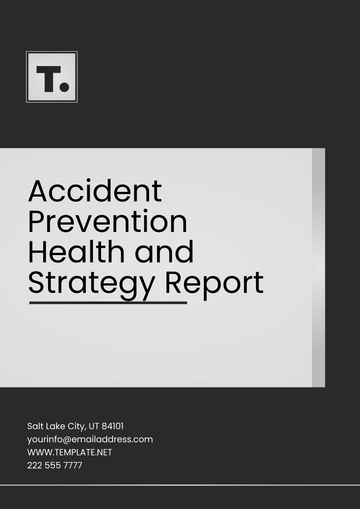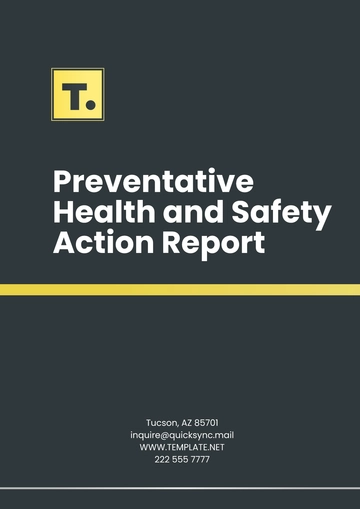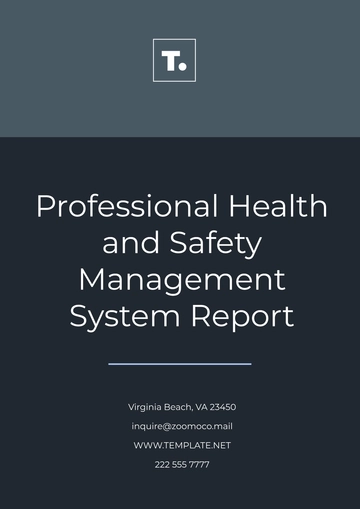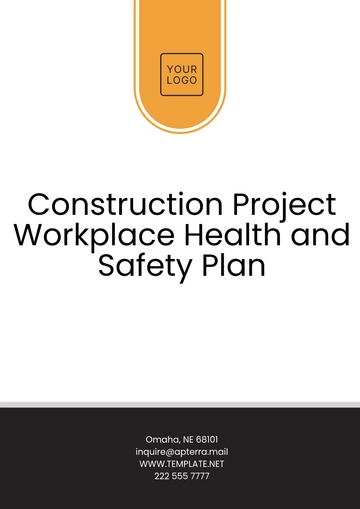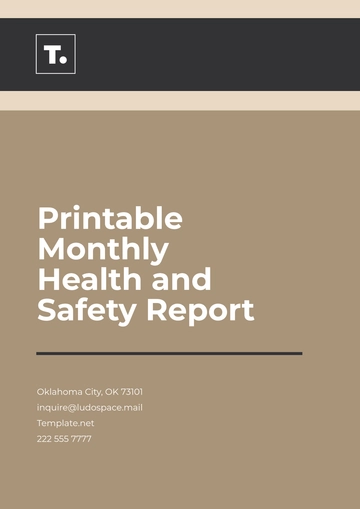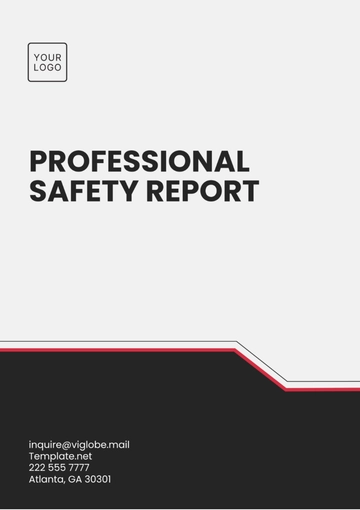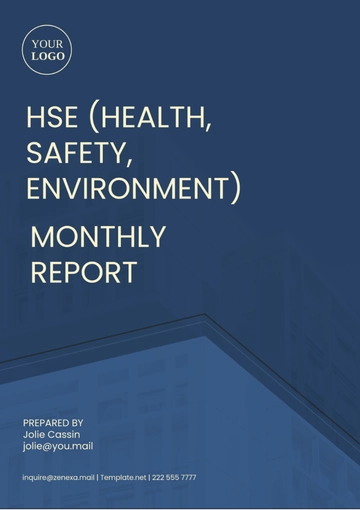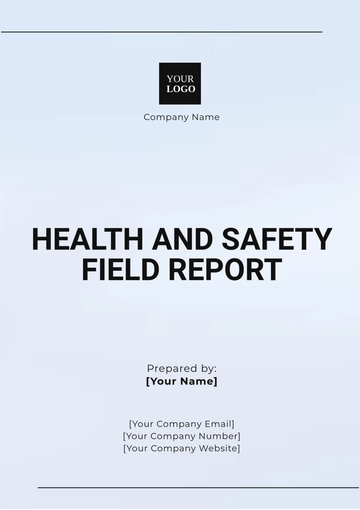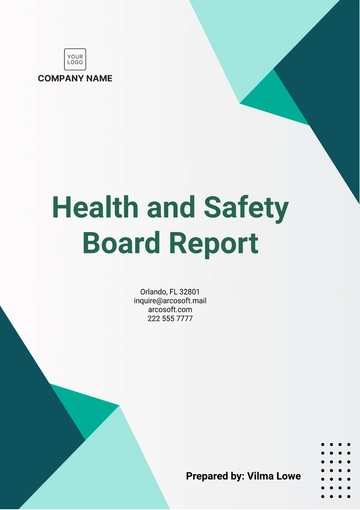Free Workplace Ergonomics Report
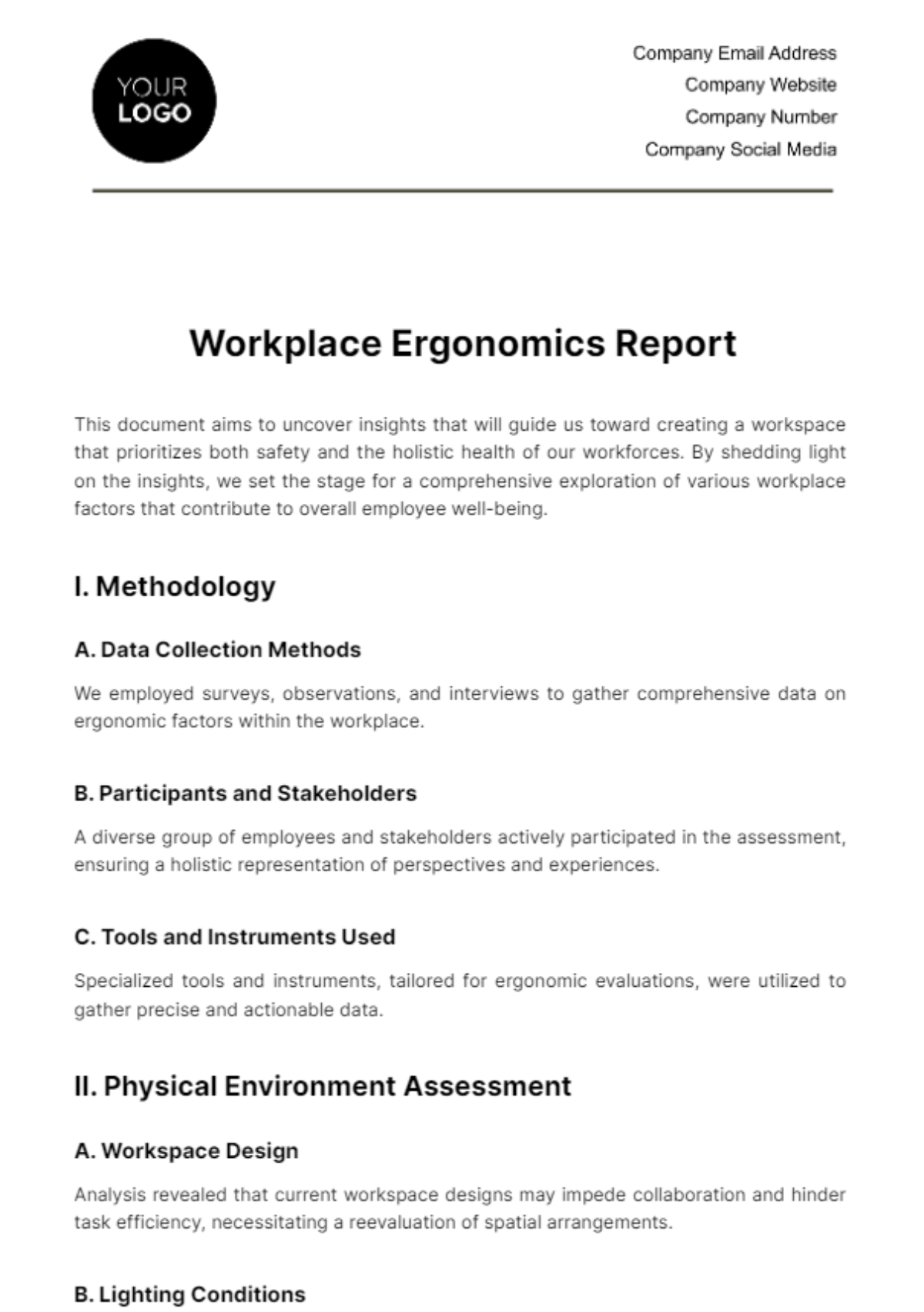
This document aims to uncover insights that will guide us toward creating a workspace that prioritizes both safety and the holistic health of our workforces. By shedding light on the insights, we set the stage for a comprehensive exploration of various workplace factors that contribute to overall employee well-being.
I. Methodology
A. Data Collection Methods
We employed surveys, observations, and interviews to gather comprehensive data on ergonomic factors within the workplace.
B. Participants and Stakeholders
A diverse group of employees and stakeholders actively participated in the assessment, ensuring a holistic representation of perspectives and experiences.
C. Tools and Instruments Used
Specialized tools and instruments, tailored for ergonomic evaluations, were utilized to gather precise and actionable data.
II. Physical Environment Assessment
A. Workspace Design
Analysis revealed that current workspace designs may impede collaboration and hinder task efficiency, necessitating a reevaluation of spatial arrangements.
B. Lighting Conditions
Assessment indicated variations in lighting intensity across work areas, with specific zones experiencing inadequate lighting, potentially affecting employee comfort and visual strain.
C. Noise Levels
Results identified specific areas with noise levels exceeding recommended thresholds, suggesting the need for targeted interventions to reduce workplace noise and improve overall comfort.
D. Temperature and Ventilation
Evaluation highlighted variations in temperature and ventilation, indicating areas where adjustments are necessary to create a consistent and comfortable working environment.
E. Organization of Workstations
Findings emphasized the need for a more systematic organization of workstations, with some areas lacking optimal ergonomic setups to support efficient workflow and task execution.
III. Equipment Evaluation
A. Analysis of Office Furniture
Office furniture analysis revealed instances of mismatch between furniture design and employee needs, potentially contributing to discomfort and ergonomic challenges.
B. Assessment of Computer Workstations
The evaluation of computer workstations identified instances where equipment configurations did not align with ergonomic best practices.
C. Evaluation of Tools and Devices
Results indicated that some tools and devices used in daily tasks do not fully align with ergonomic principles.
IV. Task Analysis
A. Examination of Job Tasks
The analysis of job tasks highlighted specific activities that involve repetitive motions, potentially increasing the risk of musculoskeletal issues over time.
B. Identification of Repetitive or Strain-Inducing Tasks
Certain tasks were identified as prone to causing strain or discomfort, emphasizing the need for ergonomic adjustments to minimize associated health risks.
C. Evaluation of Work Processes
Results revealed opportunities to streamline work processes, reducing the physical strain associated with repetitive motions and optimizing task efficiency.
V. Health and Safety Implications
A. Identification of Potential Health Risks
Ergonomic factors were linked to potential health risks, including musculoskeletal issues, emphasizing the importance of addressing these factors to safeguard employee well-being.
B. Assessment of Safety Practices
The evaluation highlighted adherence to safety practices but also identified areas where further enhancements are needed to create a more secure work environment.
C. Impact on Employee Well-being
Improved ergonomics demonstrated a positive correlation with employee well-being, emphasizing the potential for long-term health benefits through targeted ergonomic interventions.
This report serves as a pivotal resource, encapsulating the findings and recommendations derived from our thorough assessment. The outlined results from the physical environment, equipment evaluation, task analysis, and health and safety implications underscore the need for strategic ergonomic interventions. As we gain insights from the report the aim is to create a workplace that not only adheres to safety practices but actively promotes the holistic well-being of our valued employees.
Prepared By: [Your Name]
Date: [Month Day, Year]
- 100% Customizable, free editor
- Access 1 Million+ Templates, photo’s & graphics
- Download or share as a template
- Click and replace photos, graphics, text, backgrounds
- Resize, crop, AI write & more
- Access advanced editor
Introducing Template.net's editable Workplace Ergonomics Report Template, customizable to fit your organization's needs. Effortlessly document ergonomic assessments and recommendations with our AI Editor Tool. Tailor reports for optimal clarity and compliance, enhancing workplace safety and employee well-being. Streamline your ergonomic evaluation process with this comprehensive and user-friendly solution.
You may also like
- Sales Report
- Daily Report
- Project Report
- Business Report
- Weekly Report
- Incident Report
- Annual Report
- Report Layout
- Report Design
- Progress Report
- Marketing Report
- Company Report
- Monthly Report
- Audit Report
- Status Report
- School Report
- Reports Hr
- Management Report
- Project Status Report
- Handover Report
- Health And Safety Report
- Restaurant Report
- Construction Report
- Research Report
- Evaluation Report
- Investigation Report
- Employee Report
- Advertising Report
- Weekly Status Report
- Project Management Report
- Finance Report
- Service Report
- Technical Report
- Meeting Report
- Quarterly Report
- Inspection Report
- Medical Report
- Test Report
- Summary Report
- Inventory Report
- Valuation Report
- Operations Report
- Payroll Report
- Training Report
- Job Report
- Case Report
- Performance Report
- Board Report
- Internal Audit Report
- Student Report
- Monthly Management Report
- Small Business Report
- Accident Report
- Call Center Report
- Activity Report
- IT and Software Report
- Internship Report
- Visit Report
- Product Report
- Book Report
- Property Report
- Recruitment Report
- University Report
- Event Report
- SEO Report
- Conference Report
- Narrative Report
- Nursing Home Report
- Preschool Report
- Call Report
- Customer Report
- Employee Incident Report
- Accomplishment Report
- Social Media Report
- Work From Home Report
- Security Report
- Damage Report
- Quality Report
- Internal Report
- Nurse Report
- Real Estate Report
- Hotel Report
- Equipment Report
- Credit Report
- Field Report
- Non Profit Report
- Maintenance Report
- News Report
- Survey Report
- Executive Report
- Law Firm Report
- Advertising Agency Report
- Interior Design Report
- Travel Agency Report
- Stock Report
- Salon Report
- Bug Report
- Workplace Report
- Action Report
- Investor Report
- Cleaning Services Report
- Consulting Report
- Freelancer Report
- Site Visit Report
- Trip Report
- Classroom Observation Report
- Vehicle Report
- Final Report
- Software Report

